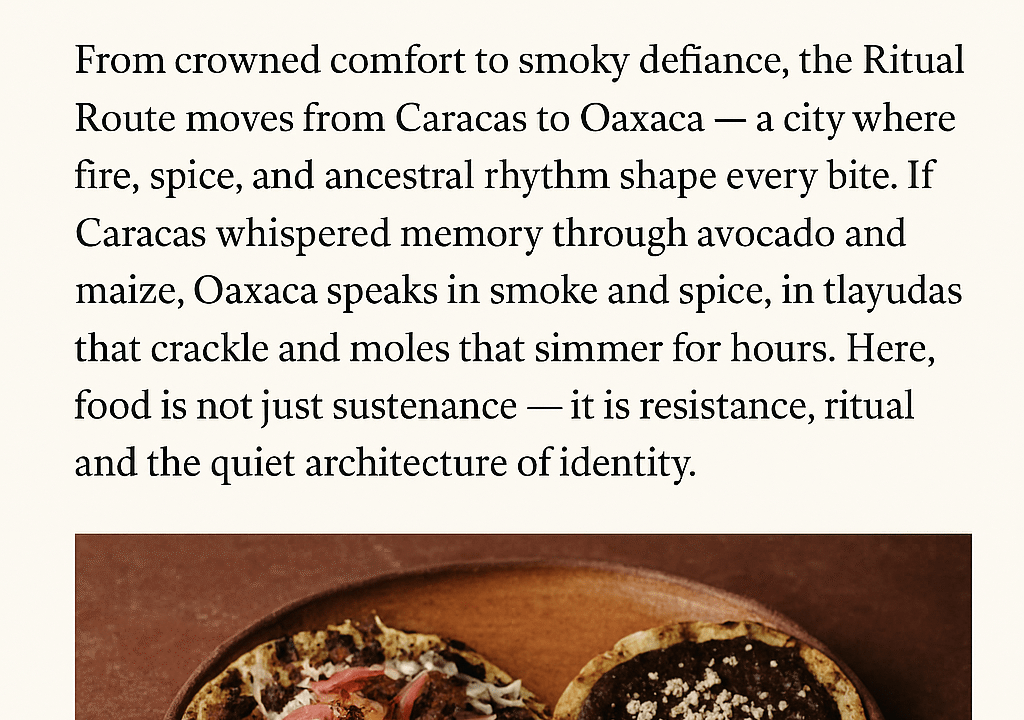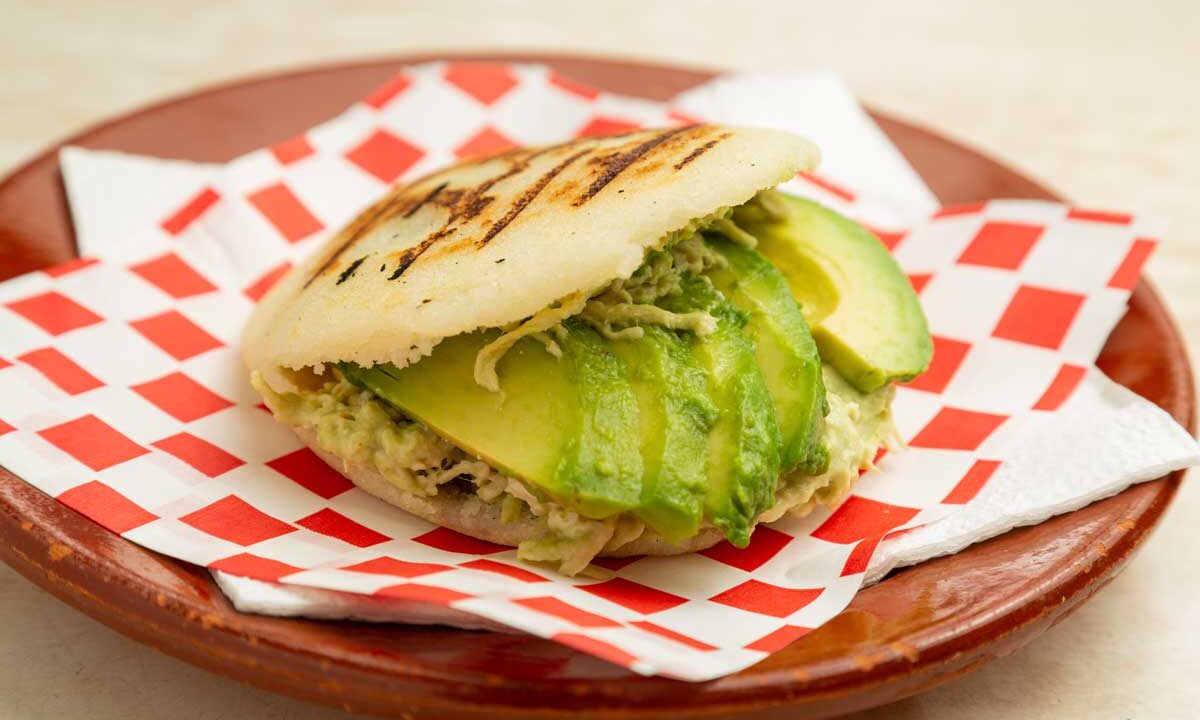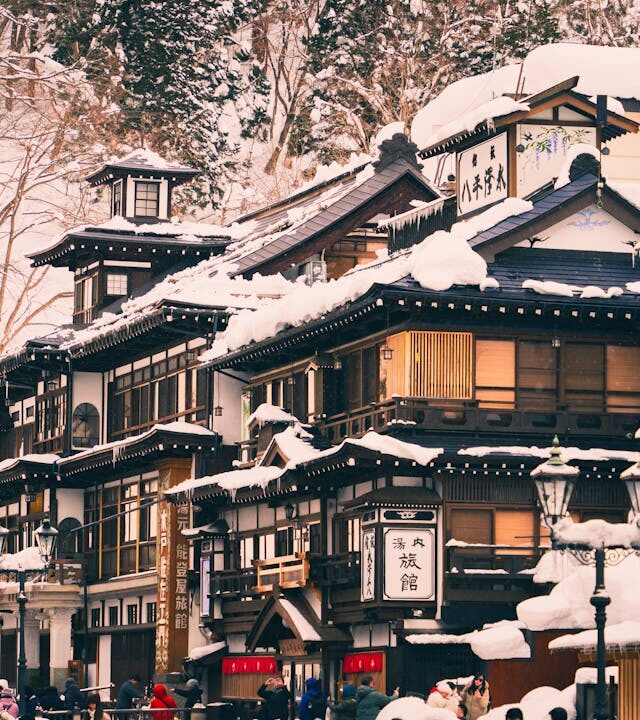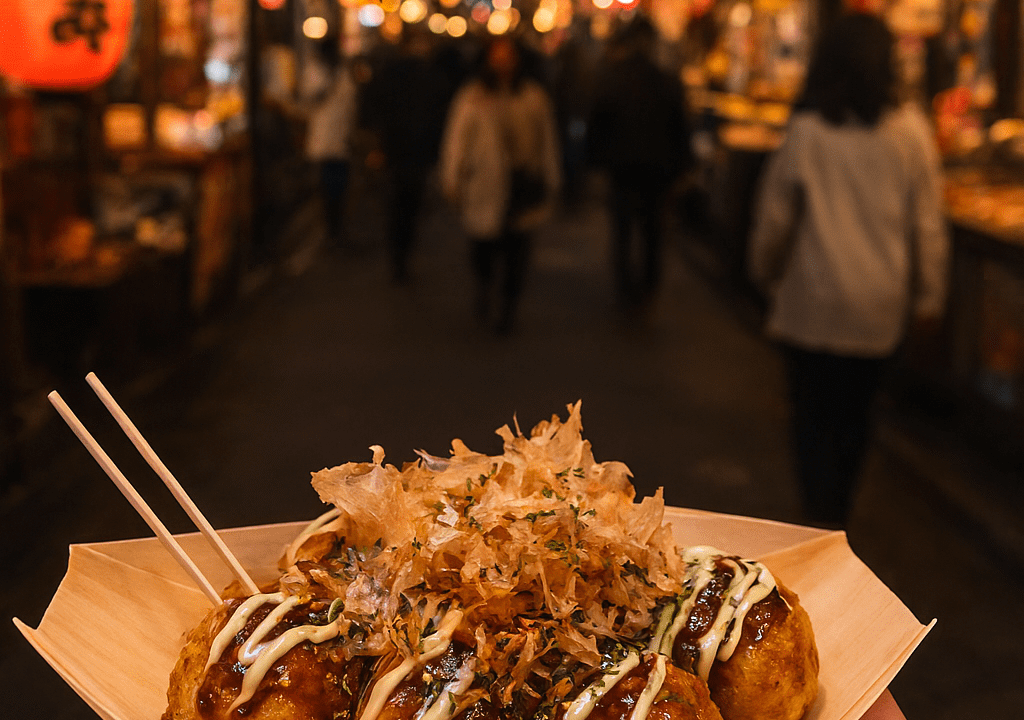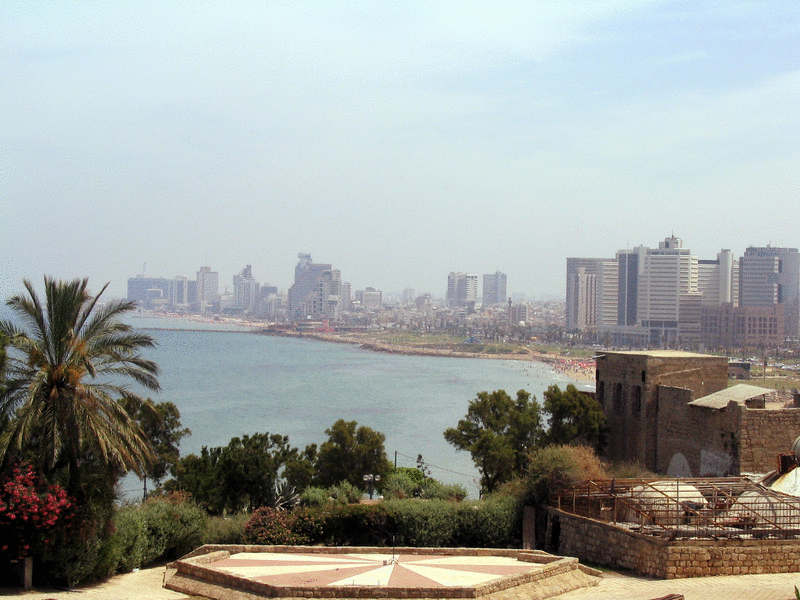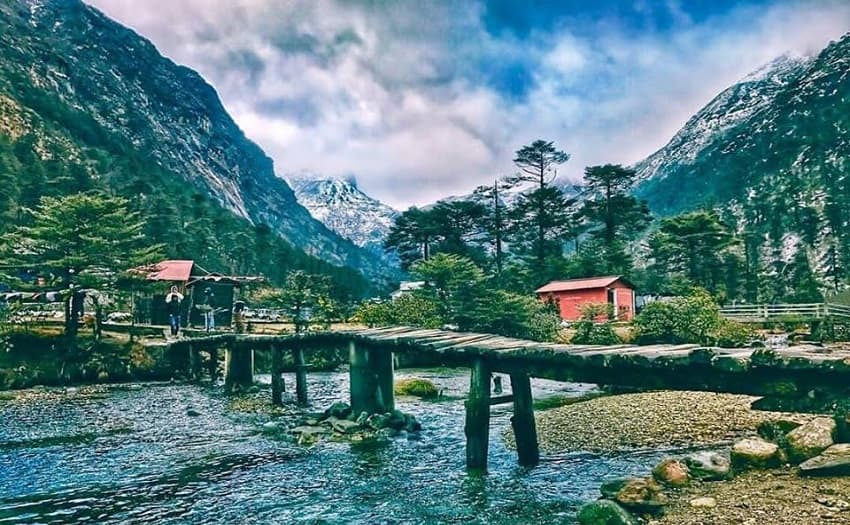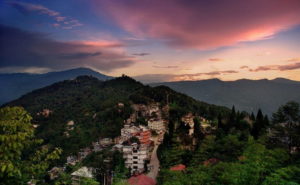If you could go anywhere in the world, where would you go? What would you do? These are questions you’ve probably asked yourself at least once or twice over the past few years. When given the opportunity to get away from your regular life, planning a dream vacation is the best way to spend your time. The skies are literally the limit to where you can go.
No matter where you decide to go, proper planning can be the difference between the dream of a lifetime and a total disaster. Below are some things you simply don’t want to forget.
Choosing a Destination

You could just research the most popular places to visit around the world and select the best option. You could also just as easily spin a globe and travel to wherever your finger lands. There are several ways you can select a place to go on a dream vacation, but if you’re going to be happy with your decision it’s best to do a little digging.
Time of year – are you looking to travel when there are fewer tourists or do you prefer to go during a popular month? The time of year and where you choose to go will impact your budget. If you want to save money, plan your vacation for the off-season. If you want to be part of annual events then you may have to travel during peak season.
Things to do – A place can look really nice on postcards, TVs, and movies, but you should never select a destination for travel on just looks alone. Find out what there is to do that aligns with your interests or things you’ve always wanted to do.
Safety – Some countries are very risky to travel to. Visiting these areas could put you in danger. With your safety in mind, you should check with your local state department to find out about travel bans or security risks.
Setting a Budget

Even if you have the funds to splurge on your dream trip, budgeting helps you to stretch your vacation dollars even further. When creating a budget you should remember to include things like the hotel, transportation (flight, rental car, and/or public transportation), and entertainment. You should also have a little cushion for emergencies. Should something go wrong (like the things discussed below), you’ll want to be prepared. Having a backup plan like services like the Ria Money Transfer Spain, Japan, or Australia offer so someone you know can send you money if you’re in a jam is recommended as well.
The Unexpected on a Vacation
No one plans for trouble to happen while they’re on vacation, but sometimes trouble just happens. If you’re not prepared for it, the consequences could be severe. Here are some of the most common unexpected things that could happen while on your dream vacation:
Getting sick – you’re going to be in a new area partaking in different foods and cultures and encountering all different kinds of insects and wildlife. You could easily get sick due to something you ate or a bug bite. That’s why you should get checked up prior to leaving for your trip and also make sure you have your insurance card with you to cover the medical costs.

Getting lost – a GPS could take you down the wrong path, a drunken night could turn into you walking the streets with no clue where you are, or a taxi could drop you off at the wrong location. Getting lost is no fun, especially when you’re in a foreign place. Not only do you not know your way around but you don’t speak the language and getting back can prove difficult. It’s a good idea to have a fully charged phone with GPS. This way you can get back to your hotel. You should also set limitations on your drinking and try to stay in heavily populated areas so you don’t get lost.
There are many elements to planning your dream vacation. Whether you decide to go to India, Spain, or Japan, you need to do your due diligence to ensure that your trip isn’t filled with unexpected and unfortunate events. Lastly, make sure you’re prepared for anything. The hope is to have an awesome time, but you can never be too sure.

